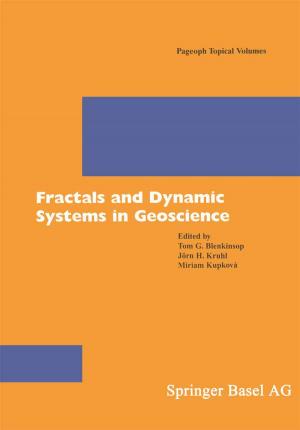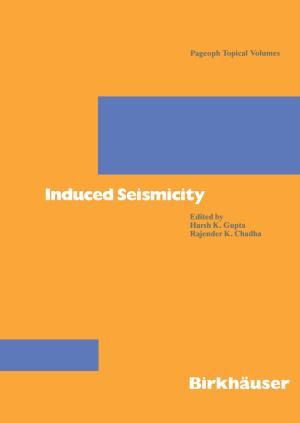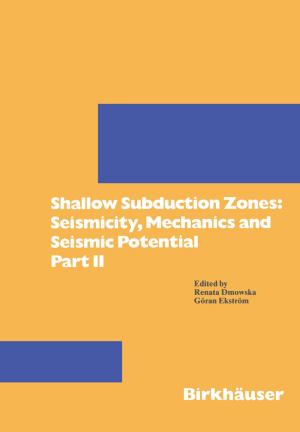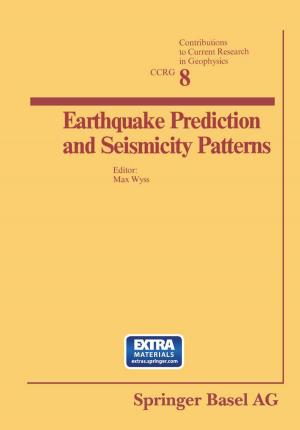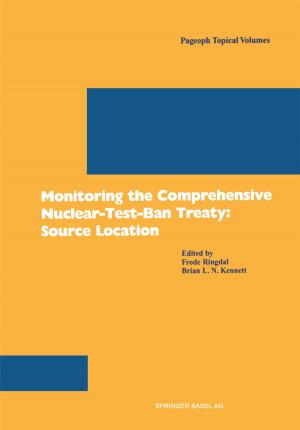Subduction Zones Part II
Kids, Natural World, Nonfiction, Reference & Language, Education & Teaching, Science & Nature, Science| Author: | Larry J. Ruff, H. Kanamori | ISBN: | 9783034891400 |
| Publisher: | Birkhäuser Basel | Publication: | December 6, 2012 |
| Imprint: | Birkhäuser | Language: | English |
| Author: | Larry J. Ruff, H. Kanamori |
| ISBN: | 9783034891400 |
| Publisher: | Birkhäuser Basel |
| Publication: | December 6, 2012 |
| Imprint: | Birkhäuser |
| Language: | English |
Subduction zones consume oceanic lithosphere and are an indispensible part of plate tectonics. Unlike the oceanic lithosphere production system which can be linked as a nearly continuous, albeit sinuous, strand around the earth, subduction zones are a rather dissociated group and are found in several isolated corners of the world. While plate tectonics can predict that subduction zones are required along certain plate boundaries, it does not stipulate how subduction zones initiate and develop. The preservation of newly created oceanic lithosphere and the propensity for spreading centers to fragment continents leaves a wealth of geological informa tion on the initiation and evolution of spreading. On the other hand, the subject of subduction initiation has little observational basis. To find such observations, we need to look at some muddled tectonic regimes. The Macquarie Ridge complex presents a natural laboratory for studies of subduction initiation. 2. Tectonics of the Macquarie Ridge Complex The Macquarie Ridge complex is a complicated physiographic feature that trends approximately north-south between South Island, New Zealand and the Pacific-Antarctica spreading center. This feature consists of a sequence of troughs and ridges, with Macquarie Island as the only exposed expression. The seismically active Macquarie Ridge complex (hereafter: MRC) is crudely continuous with the Tonga-Kermadec-New Zealand seismic activity. The basic physiographic features and seismicity of the MRC are shown in Figure I. The earthquake epicenters generally cluster about the bathymetric expression of the MRC.
Subduction zones consume oceanic lithosphere and are an indispensible part of plate tectonics. Unlike the oceanic lithosphere production system which can be linked as a nearly continuous, albeit sinuous, strand around the earth, subduction zones are a rather dissociated group and are found in several isolated corners of the world. While plate tectonics can predict that subduction zones are required along certain plate boundaries, it does not stipulate how subduction zones initiate and develop. The preservation of newly created oceanic lithosphere and the propensity for spreading centers to fragment continents leaves a wealth of geological informa tion on the initiation and evolution of spreading. On the other hand, the subject of subduction initiation has little observational basis. To find such observations, we need to look at some muddled tectonic regimes. The Macquarie Ridge complex presents a natural laboratory for studies of subduction initiation. 2. Tectonics of the Macquarie Ridge Complex The Macquarie Ridge complex is a complicated physiographic feature that trends approximately north-south between South Island, New Zealand and the Pacific-Antarctica spreading center. This feature consists of a sequence of troughs and ridges, with Macquarie Island as the only exposed expression. The seismically active Macquarie Ridge complex (hereafter: MRC) is crudely continuous with the Tonga-Kermadec-New Zealand seismic activity. The basic physiographic features and seismicity of the MRC are shown in Figure I. The earthquake epicenters generally cluster about the bathymetric expression of the MRC.

